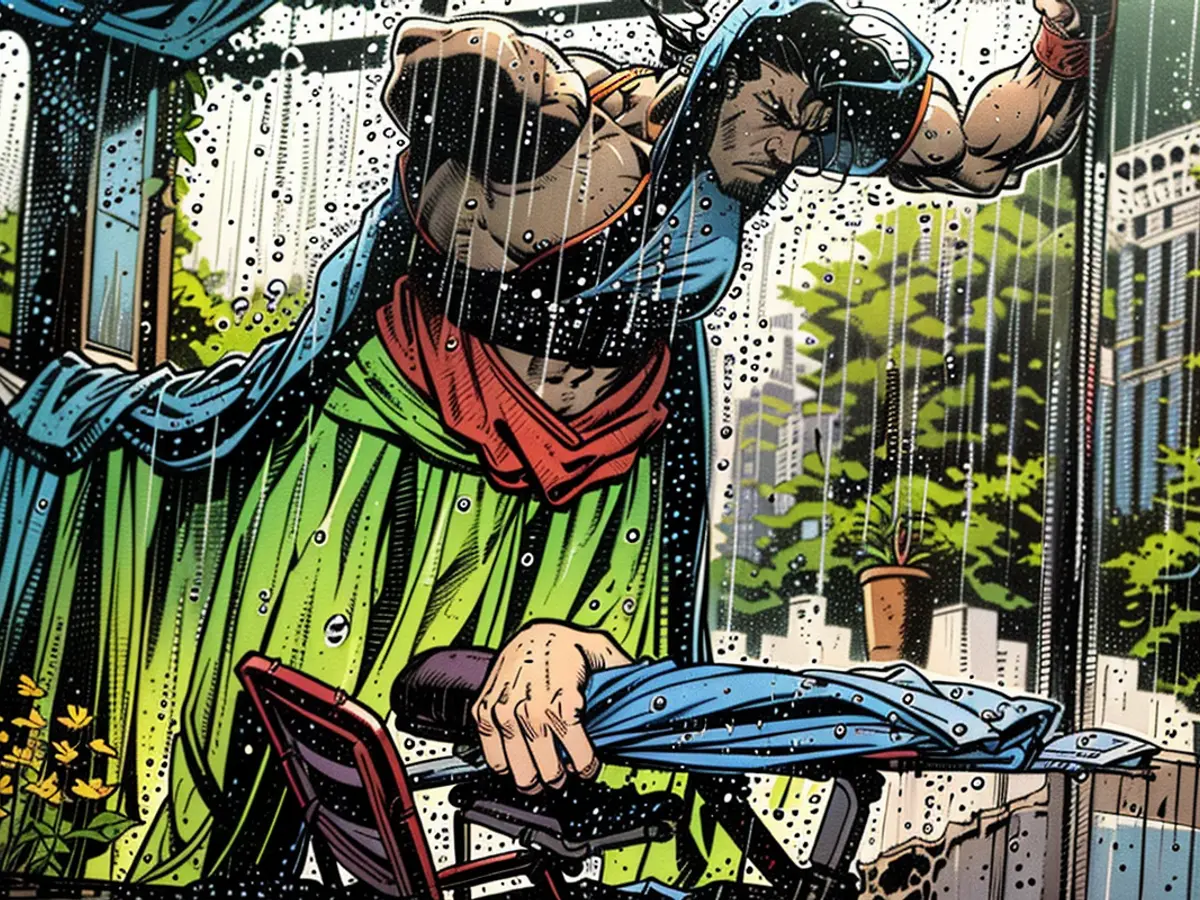Why You Should Plant Before a Rainstorm
You’d think that sun would be a gardener’s best friend, but I always welcome a day or two of overcast weather and rain during the summer season. The reason is simple: those are planting days, whether you are planting seeds or starts.
Seed before a rainfall
Different seeds have different needs—some seeds enjoy light, some dark. Some seeds need cold stratification; some prefer to be soaked ahead of time. But most seeds enjoy some simple conditions to germinate: Keep the soil at least 60 degrees, and no more than 80, and keep the seeds moist. It’s not complicated, but planting outside in summer is, since keeping the soil consistently moist is tough. When it comes to crops like carrots, that moisture is critical.
A few days of rainstorms will give your seeds the moisture they need without you being outside watering all the time. Now, to be clear, we’re talking about regular rain, not torrential rain, which will blow or wash away seeds. A reasonable rain for a few days is going to saturate the soil, giving your seeds cover for a few days after the rain ends. For that reason, watching the calendar for upcoming rainy days will help guide you about when to get seeds into the ground.
Starts don’t want full sun at first
Transplanting even the healthiest of starts is still a shock to the plant. These tender babies need a little time to recover before being exposed to the harsh overhead sun of summer, which will stress them out more. Planting right before or during some overcast days is the perfect solution, and a little rain is even better. Again, we’re not talking about a bomb cyclone—just a regular ol’ summer rainstorm. It doesn’t have to go on long, either. Even 24 hours is enough to help your starts get settled in and be ready to face the harsh light of a new day.
How to fake it if the weather won't cooperate
During the height of summer, we'll go many weeks without a cloud, but planting must continue. If you're growing from seed, the answer is simple: Grow starts inside instead and then plant them. If you must plant outside, you can maintain moisture by covering the soil. For carrots, it's routine to cover the soil with a wet burlap sack or even saturated cardboard. You have to keep it wet, and you have to leave it be until the seeds actually germinate. Otherwise, consider shade cloth and consistent watering a few times a day, like you'd do with grass seed.
If you're planting starts on a sunny, hot day, plant in the early evening to give your start an opportunity to chill overnight. In the morning, give the plant some shade. Since it's temporary, it can be as simple as an umbrella or box, or shade cloth. You can remove it at the end of the day.
When planning to plant seeds at home, it's beneficial to watch the weather forecast for upcoming rainy days, as a few days of rainstorms can provide the moisture seeds need without constant watering. Additionally, if you're transplanting starts at home, planting them on overcast days or during a summer rainstorm can help them recover and adapt slowly to full sunlight, reducing stress on the plants.








